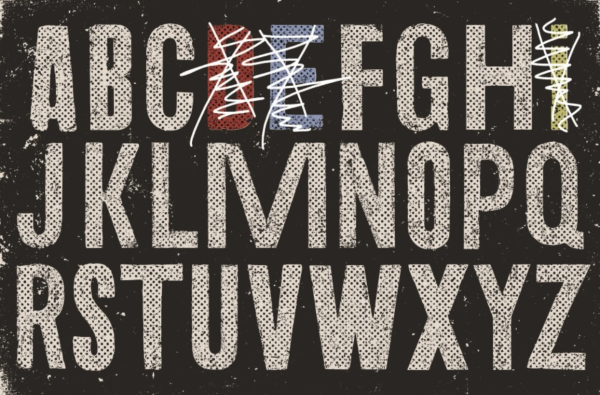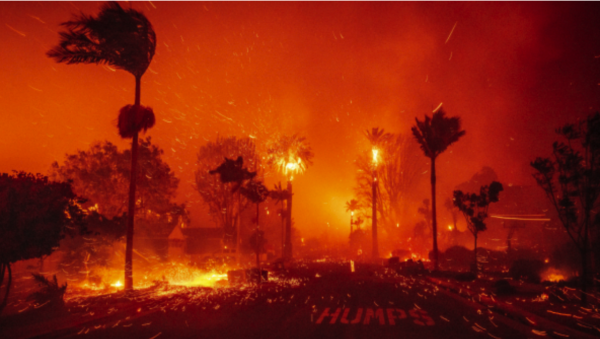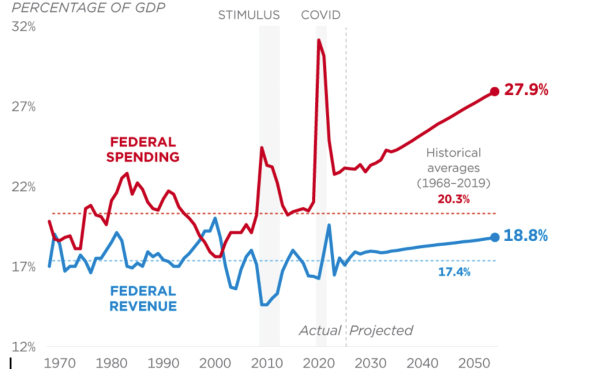Transition to fake plastic Christmas tree
An icon of Christmas is, of course, the Christmas tree: a great big pine conjuring up images of snow-dusted hills, hot chocolate, and maybe even the mystical Santa Claus. Westminster has, in past years, set up a live Christmas tree in Pressly Foyer, filling the space with such a strong, spiced aroma that students and faculty oftentimes rerouted their walking path so as to pass by the live tree and get a whiff of the Christmas spirit. The live tree was the apex of Westminster tradition, and for the first time, its grandeur will be replaced with a fake plastic tree. The decision was made by a team of administrative persons who recognized that the sacrifice of a live tree was difficult, but the positive consequences of a fake tree outweighed any sentimental ties.
Safety was the most obvious factor in switching from a live to plastic tree, as concerns had been made about fire hazard and the possibility of an emergency situation of the live tree catching on fire, which if happened, would burn very quickly. The fire marshal had reached out and contacted the Westminster administration to reiterate some legal codes regarding Christmas trees in academic buildings, which convinced the school something had to change.
“Well, first of all, we refer to it as the faux tree because it sounds better in French,” said dean of academics and curriculum Jim Justice. “And second of all, we did get a letter from our friend the fire marshal, who really is our friend, and he reminded us that per Georgia fire code we cannot have a live tree in an academic building with no overhead sprinkler system. [The fire marshal] alluded to the fact that we had a fondness for live trees. So being the rule followers and law abiding citizens we are, we got a faux tree.”
Despite the innocuous and non-conspiratorial nature of the decision based on multiple safety concerns, many students and faculty will miss the aesthetical factors of the live tree, especially the smell, and do not think the transition is warranted.
“I always loved the [live] Christmas tree in the past, because whenever they first set it up, the whole [Pressly] foyer was filled with that magical scent, and I knew it was Christmas-time without even having to look at the tree. I don’t think we should do a plastic one,” said senior Sam Blau.
Other students did not feel as strong an impulse to reject the plastic tree.
“I think it’s fine to have a fake tree. I do. I know they [the administration] have their reasons,” said senior Alex Pirouz.
The administration recognizes that the smell of Christmas is half the battle and that they will need to find alternative methods to bring back that traditional Christmas smell. To partially counteract a lack of an actual pine tree, small pine branches have been wound up the staircases and been overlaid with fake pine branches to enhance decorative style but to also give off a subtle natural fragrance as students and faculty ascend the grand Pressly stairwell to reach the third floor of the library. The administration is sympathetic to the unease that a plastic, non-fragrant tree brings.
“Our major concern right now is lack of smell: we know that it looks like Christmas, but we need it to smell like Christmas,” said Justice.
Additionally, the administration is working to find artificial pine-smelling oils or diffusers to be placed in and around the fake Christmas tree.
“It has definitely been a Westminster tradition to get a big, live tree,” said director of operations and communications Tiffany Boozer. “I know there are teachers and students who love the smell of a real tree, and so I believe that Ms. O’Gara is in charge of getting some particular oils that will create the sense of the live tree.”
Putting aside the particular disappointment of smell and aesthetical value, the fake tree comes with a long list of benefits that eventually convinced Justice and Boozer of its merits. Pre-strung and not requiring ropes and pulley devices it haul it into Pressly, the fake tree is a safer option not just in case of fire, but for the workers. They construct the visual masterpiece in sections, starting with a base and adding sections of the tree as they go up.




